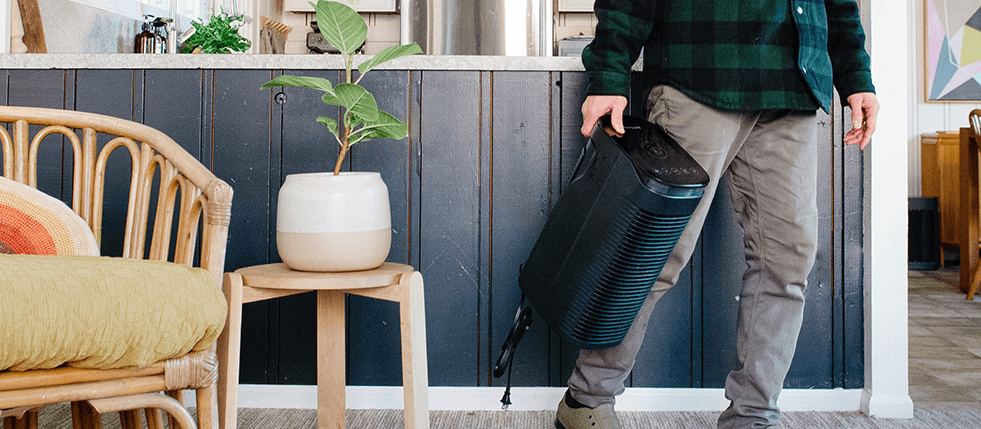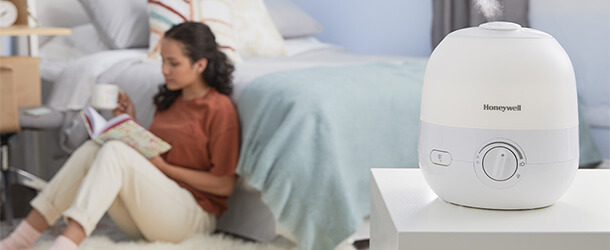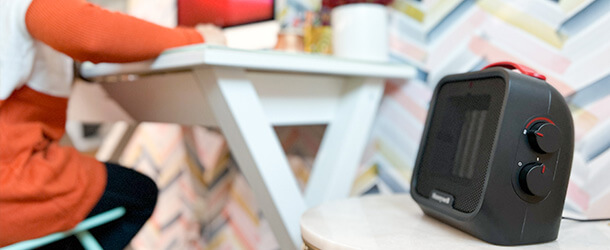Blog
How to Choose the Best Air Purifier for Your Home Environment
Selecting the right air purifier for your home environment is a crucial decision that can significantly impact your indoor air quality and overall well-being. With a myriad of options available on the market, it can be overwhelming to determine which air purifier best suits your specific needs. Factors such as room size, filter efficiency, noise levels, and additional features all play a vital role in the effectiveness of an air purifier. This guide aims to simplify the selection process by providing essential insights and tips, ensuring you make an informed choice that enhances your living space. By understanding the various types of air purifiers and their functionalities, you can create a healthier home atmosphere, free from pollutants and allergens that may affect your quality of life.
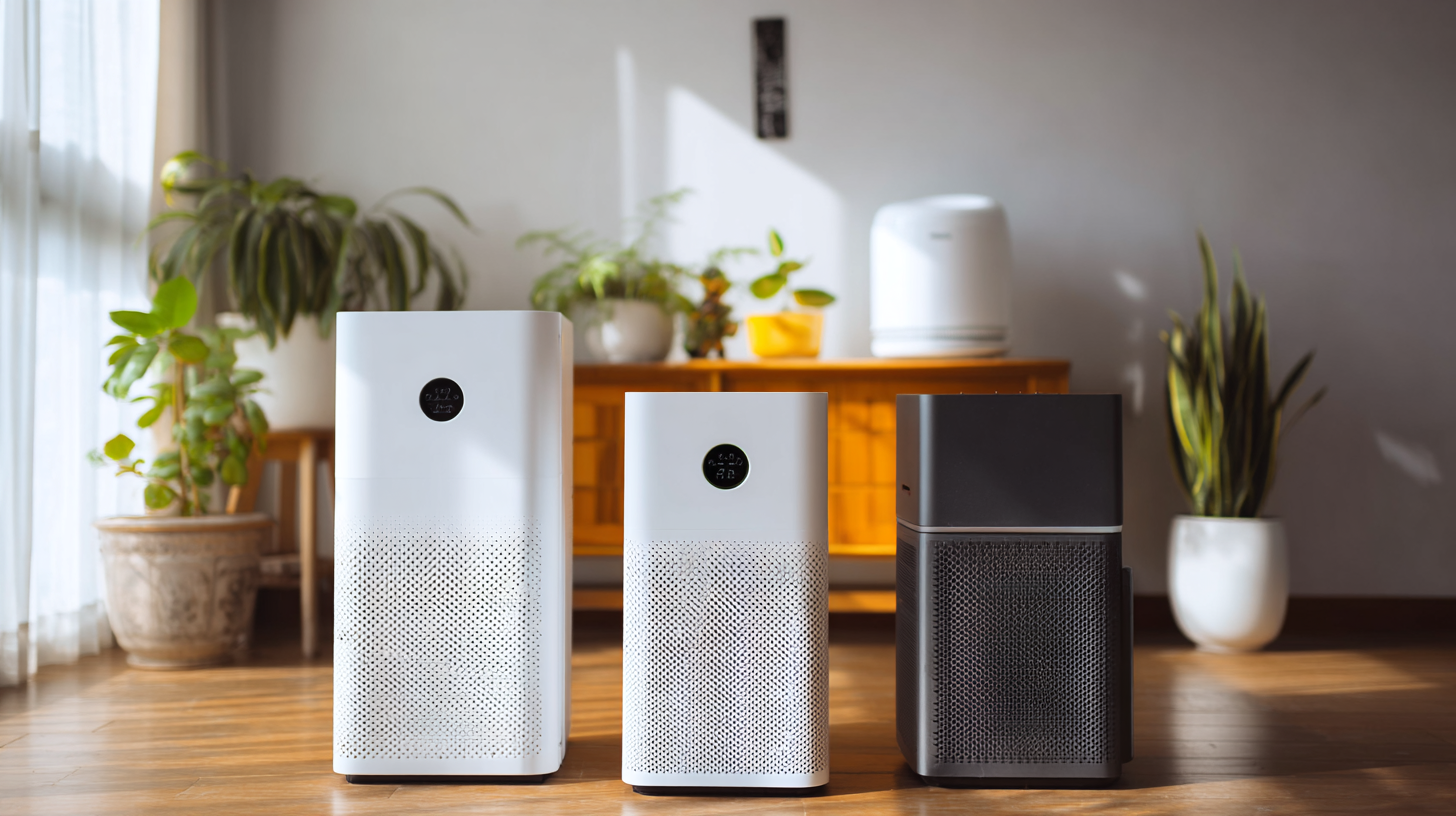
Understanding Air Quality Standards and Common Indoor Pollutants
Indoor air pollution is a pressing concern, especially for vulnerable populations such as children. Recent studies indicate that 26.8% of surveyed children are exposed to harmful indoor air pollutants, highlighting the importance of ensuring a clean and healthy home environment. Understanding air quality standards and common indoor pollutants is crucial in making informed decisions about air purifiers.
To effectively choose the best air purifier for your home, consider the types of pollutants present. Common indoor pollutants include volatile organic compounds (VOCs), particulate matter, and allergens such as dust and pet dander. An air purifier with a HEPA filter can effectively capture these particles, improving overall air quality. It’s also beneficial to look for units that can address specific problems like odors or chemical vapors.
**Tips:** When selecting an air purifier, ensure it meets the recommended air changes per hour (ACH) for your room size. Additionally, check if it complies with local air quality standards to ensure effectiveness. Regular maintenance, such as changing filters, is essential for optimal performance and longer lifespan of the unit.
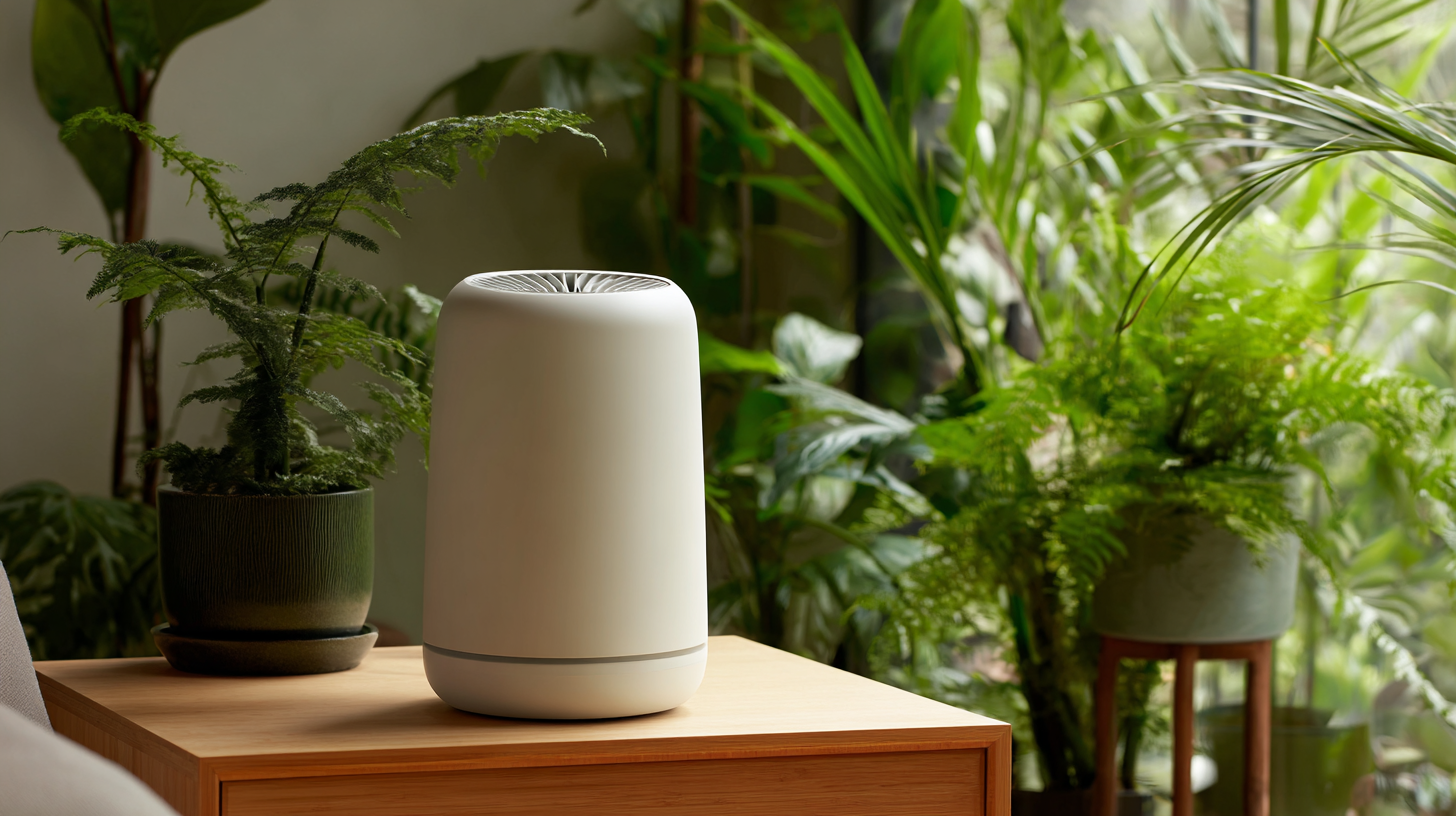
Evaluating Air Purifier Types: HEPA, Activated Carbon, and UV Filters
When selecting the best air purifier for your home environment, it’s essential to understand the various types available, namely HEPA, activated carbon, and UV filters, and how each serves distinct purposes.
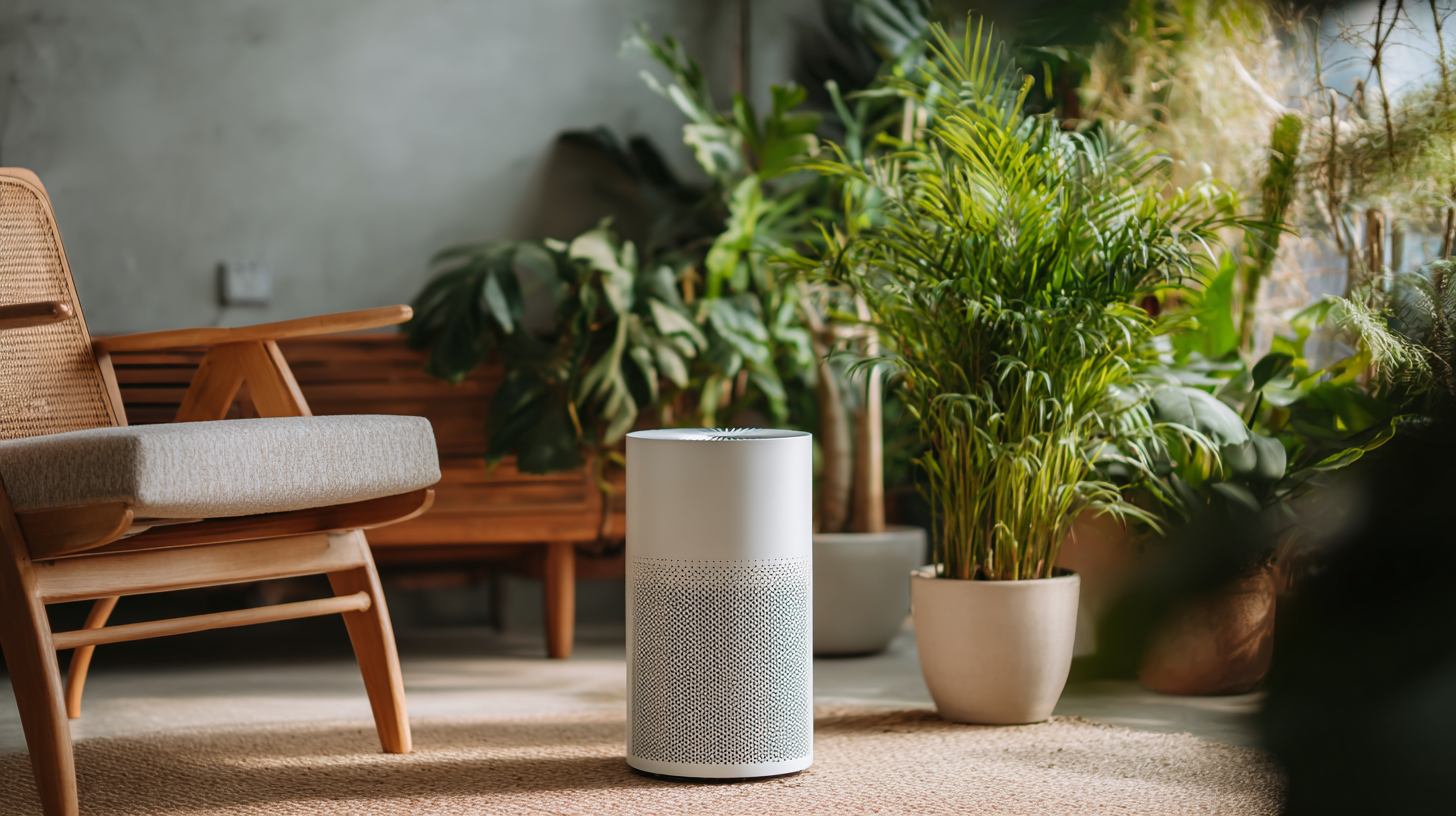 HEPA (High-Efficiency Particulate Air) filters are renowned for their ability to remove up to 99.97% of particles as small as 0.3 microns, making them highly effective against allergens, dust, and pet dander. According to the Environmental Protection Agency (EPA), poor indoor air quality can significantly impact health, and using a HEPA filter can reduce airborne pollutants effectively, leading to better overall well-being.
HEPA (High-Efficiency Particulate Air) filters are renowned for their ability to remove up to 99.97% of particles as small as 0.3 microns, making them highly effective against allergens, dust, and pet dander. According to the Environmental Protection Agency (EPA), poor indoor air quality can significantly impact health, and using a HEPA filter can reduce airborne pollutants effectively, leading to better overall well-being.
Activated carbon filters, on the other hand, excel in absorbing odors and volatile organic compounds (VOCs). These filters work by adsorption, trapping gases and odors on their porous surface. A report from the American Lung Association outlines the importance of addressing air quality concerns from sources like cooking and cleaning products, where activated carbon filters can play a crucial role in mitigating harmful effects.
Moreover, when used in conjunction with HEPA filters, they can create a comprehensive solution for improving indoor air quality.
UV filters are another option, particularly beneficial for eliminating viruses and bacteria. While HEPA filters capture particulate matter, UV filters provide an additional layer of protection by sterilizing the air that passes through them. The National Institute of Health has noted that UV light technology can help reduce airborne infectious agents significantly, making it an excellent choice for homes with vulnerable individuals.
Understanding these filter types will guide you toward selecting an air purifier that best meets your specific air quality needs.
Key Features to Look for in an Effective Air Purifier
When choosing the best air purifier for your home environment, understanding the key features is crucial for effective air quality maintenance. One of the most important specifications to consider is the filtration system. Effective air purifiers typically utilize HEPA filters, which can capture particles as small as 0.3 microns with an efficiency of 99.97%. This is particularly important for allergy sufferers, as robust filtration systems can significantly alleviate symptoms by removing allergens like pollen, pet dander, and dust mites from the air.
Another essential factor to consider is the size and capacity of the air purifier in relation to your space. A device that is too small for the room will struggle to purify the air effectively, leading to lower performance and dissatisfaction. According to market trends, the air purifier market is projected to grow from USD 18 billion in 2025 to USD 37.4 billion by 2034, highlighting the increasing focus on air quality in homes. With various models available, it’s also wise to evaluate additional features such as smart technology integration and energy efficiency, ensuring that your chosen air purifier not only meets your air quality needs but also aligns with your lifestyle and environmental considerations.
Air Purifier Features Comparison
Assessing Noise Levels and Energy Efficiency Ratings for Home Use
When selecting an air purifier for your home, two critical factors to assess are noise levels and energy efficiency ratings. Noise levels can significantly impact your comfort, especially in areas where you relax or sleep. Many air purifiers are designed to operate quietly, utilizing advanced technologies like brushless motors and noise-reduction features. It is wise to check the decibel levels noted by manufacturers to ensure the model you choose meets your needs for tranquility during nighttime or while engaged in everyday activities.
Energy efficiency is another essential consideration, as air purifiers can contribute to your electricity bill. Look for models with the Energy Star certification, which indicates that the purifier meets strict energy efficiency guidelines set by the U.S. Environmental Protection Agency. An energy-efficient air purifier not only reduces environmental impact but also ensures lower operating costs. Checking the energy consumption ratings, often labeled in watts, can help you choose a model that balances powerful filtration capabilities with economical energy use.
Tips for Proper Placement and Maintenance of Your Air Purifier
Proper placement and maintenance of your air purifier are crucial to maximizing its effectiveness in improving your home environment. According to the American Lung Association, indoor air can be up to five times more polluted than outdoor air, making the strategic positioning of your air purifier essential. Placing the unit in a central location or the room where you spend the most time can enhance air circulation and ensure that purified air reaches every corner of your space. A general recommendation is to keep the purifier at least a few feet away from walls and furniture to allow for unimpeded airflow.
Regular maintenance is equally important for optimal performance. The U.S. Environmental Protection Agency (EPA) suggests changing the filters of your air purifier every three to six months, depending on usage and air quality. Many modern air purifiers come with filter indicators that notify you when it's time for a replacement, ensuring you don't overlook this critical aspect of upkeep. Keeping the unit clean and free from dust buildup not only improves efficiency but can also extend the lifespan of the appliance, allowing you to enjoy fresher air for years to come.
How to Choose the Best Air Purifier for Your Home Environment - Tips for Proper Placement and Maintenance of Your Air Purifier
| Feature | Description | Importance | Tips for Maintenance |
|---|---|---|---|
| CADR Rating | Clean Air Delivery Rate indicates purifier's efficiency. | High | Regularly check and clean filters based on usage. |
| Filter Type | HEPA filters capture 99.97% of particles. | High | Replace filters at recommended intervals. |
| Noise Level | Sound level in decibels (dB) during operation. | Medium | Place away from bedrooms to minimize impact. |
| Room Size | Indicates maximum area purifier can effectively clean. | High | Consider a purifier that matches your room size. |
| Air Quality Sensors | Sensors detect pollutant levels and adjust settings. | Medium | Regularly calibrate sensors for accurate readings. |
| Portability | Ease of moving the unit from room to room. | Low | Use a unit with handles or wheels for convenience. |
Related Posts
-
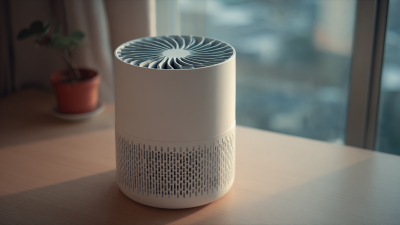
How to Select the Best Portable Air Purifier for Your Needs
-
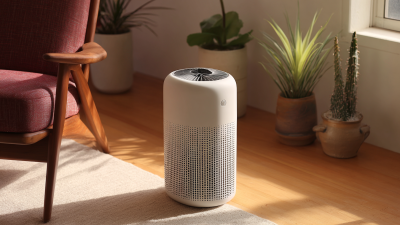
5 Best Mold Air Purifiers of 2023: Achieving a 99.97% Efficiency Rate in Airborne Mold Removal
-
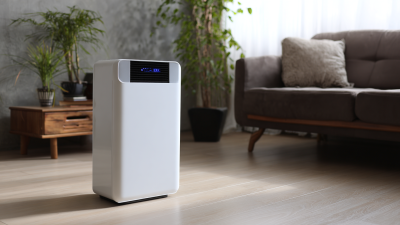
Understanding Industry Standards for the Best Air Purifier for Home and How to Choose the Right One
-
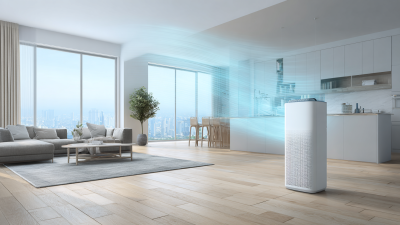
Future Innovations in Best Room Air Filters Shaping the 2025 Industry Landscape
-

Exploring Unique Alternatives to Traditional Air Cleaners for Home Use
-

The Future of Home Wellness with True HEPA Air Purifiers





